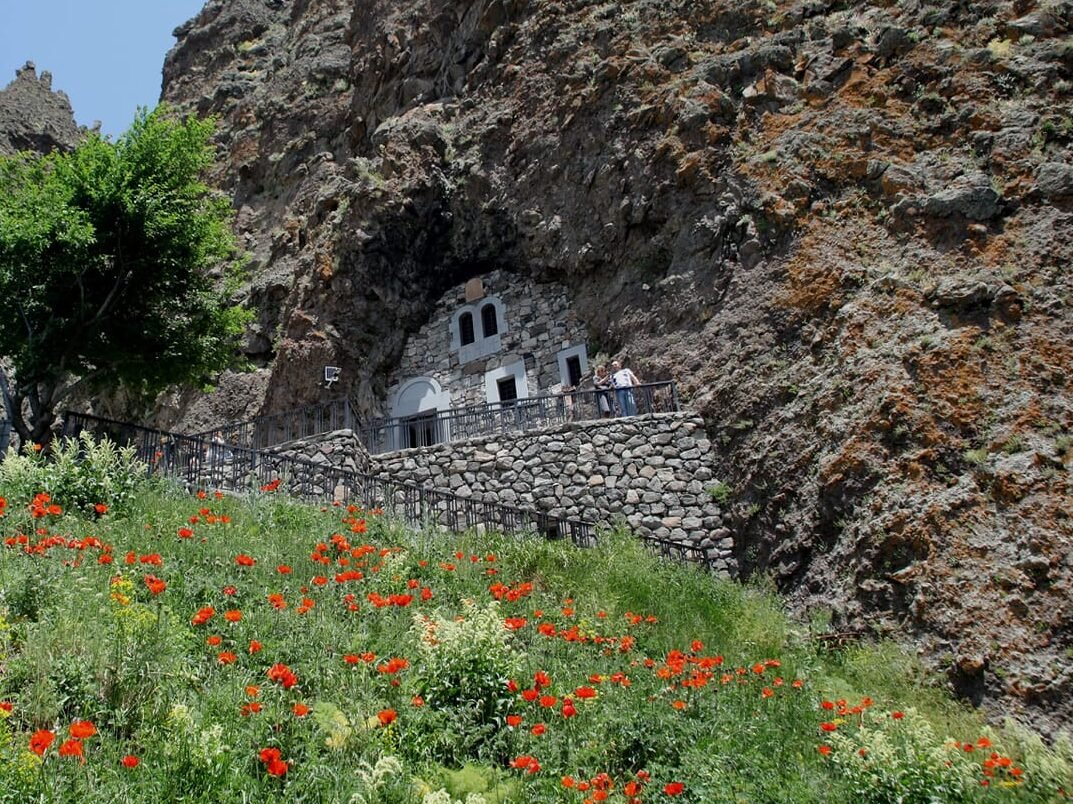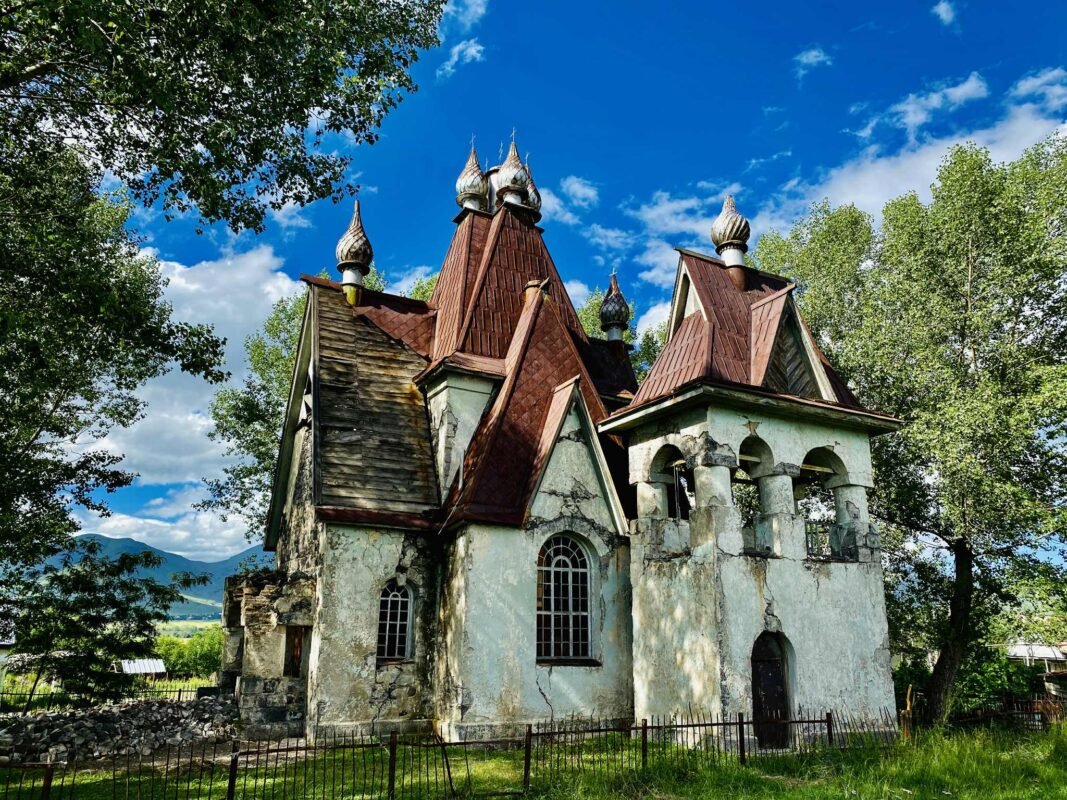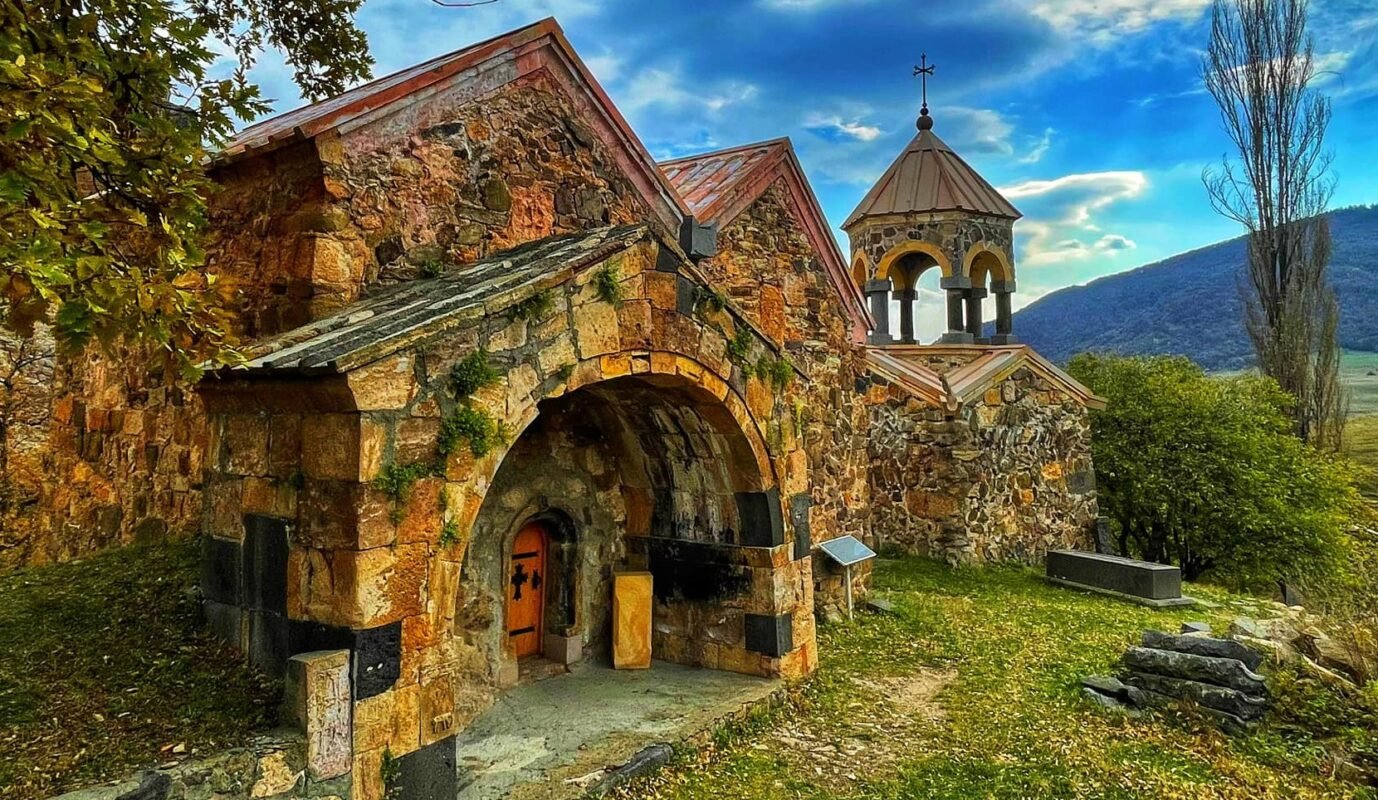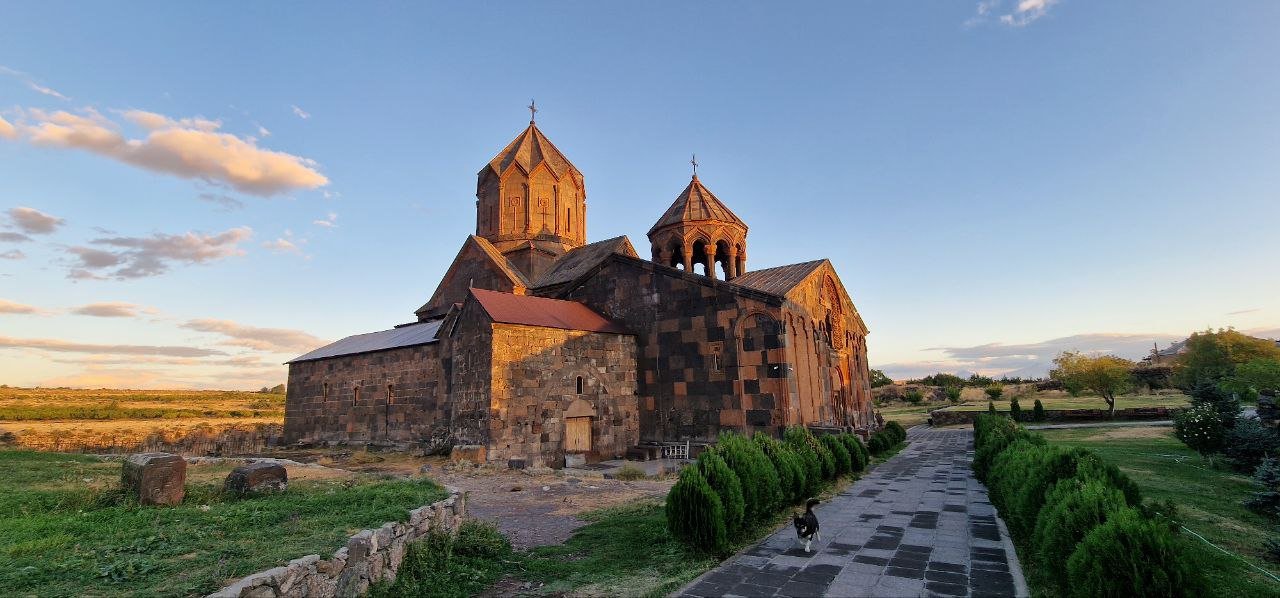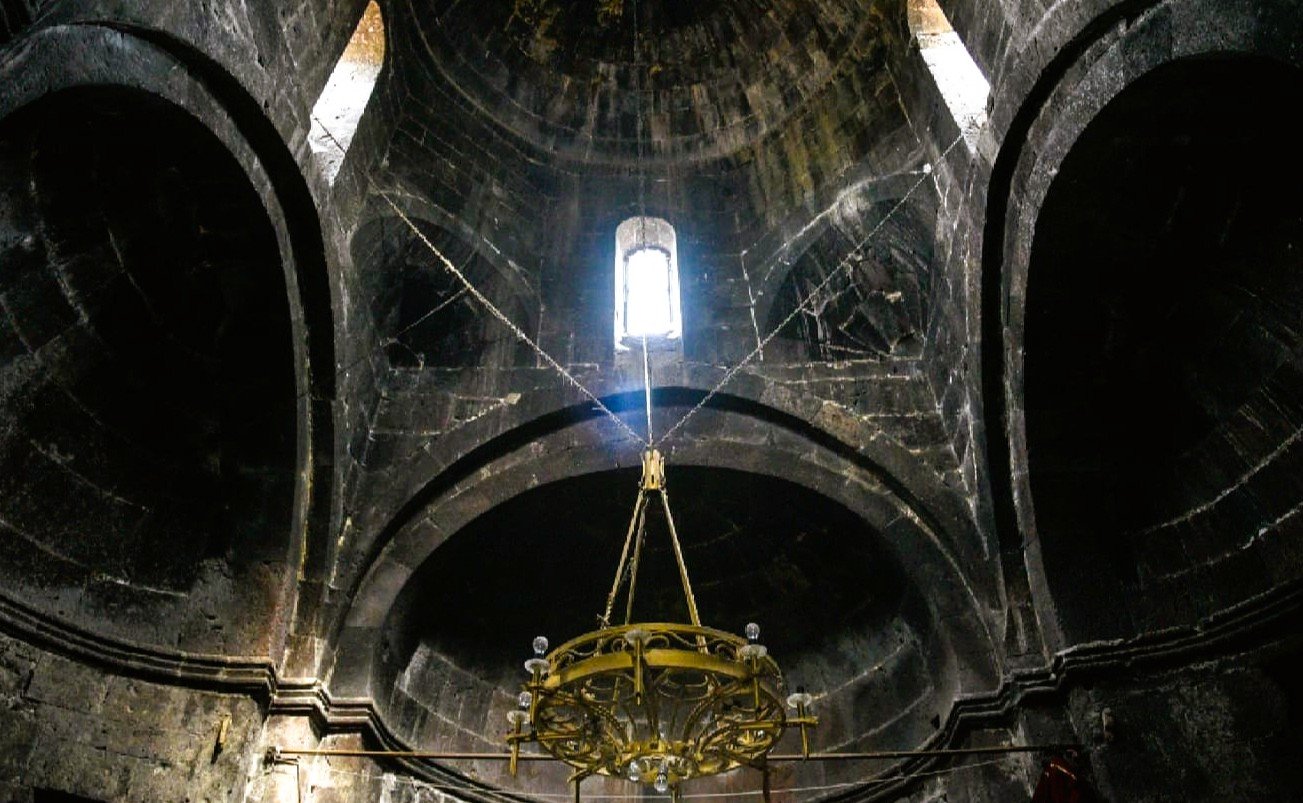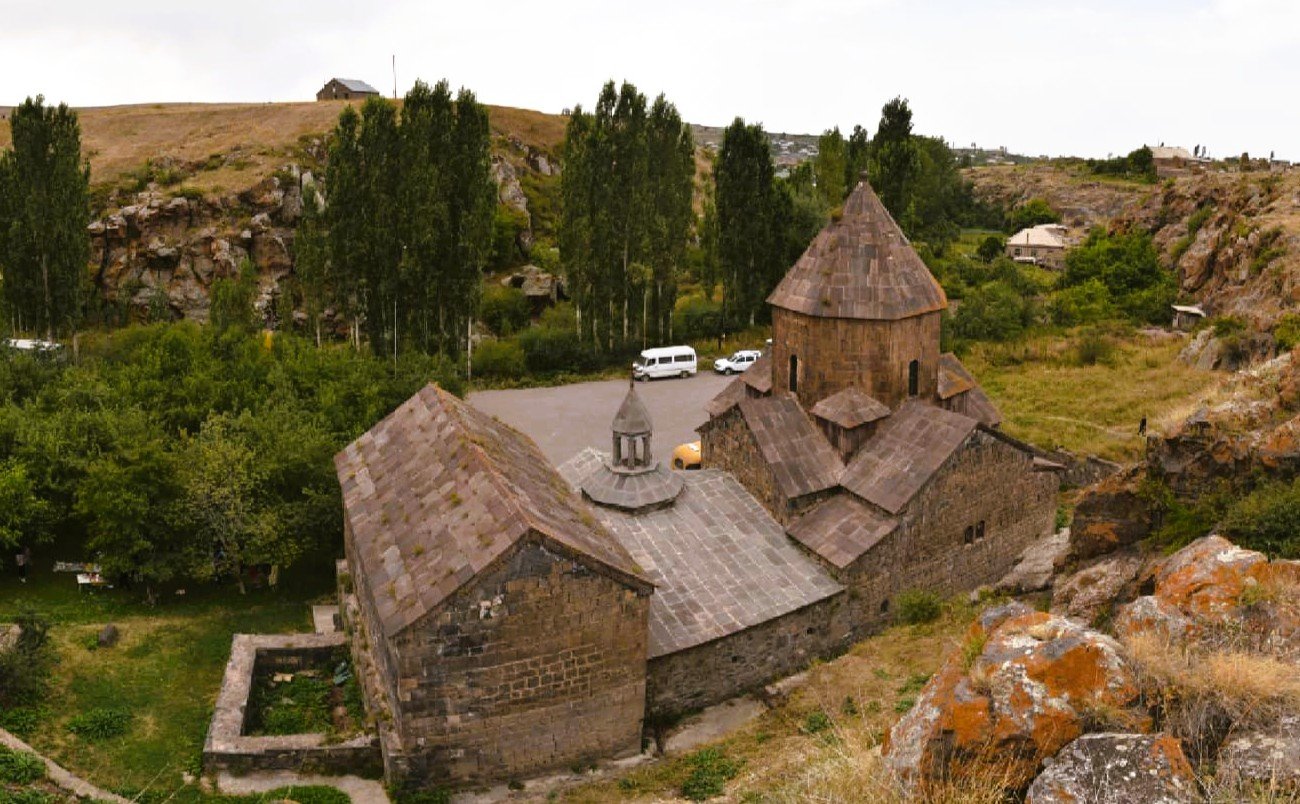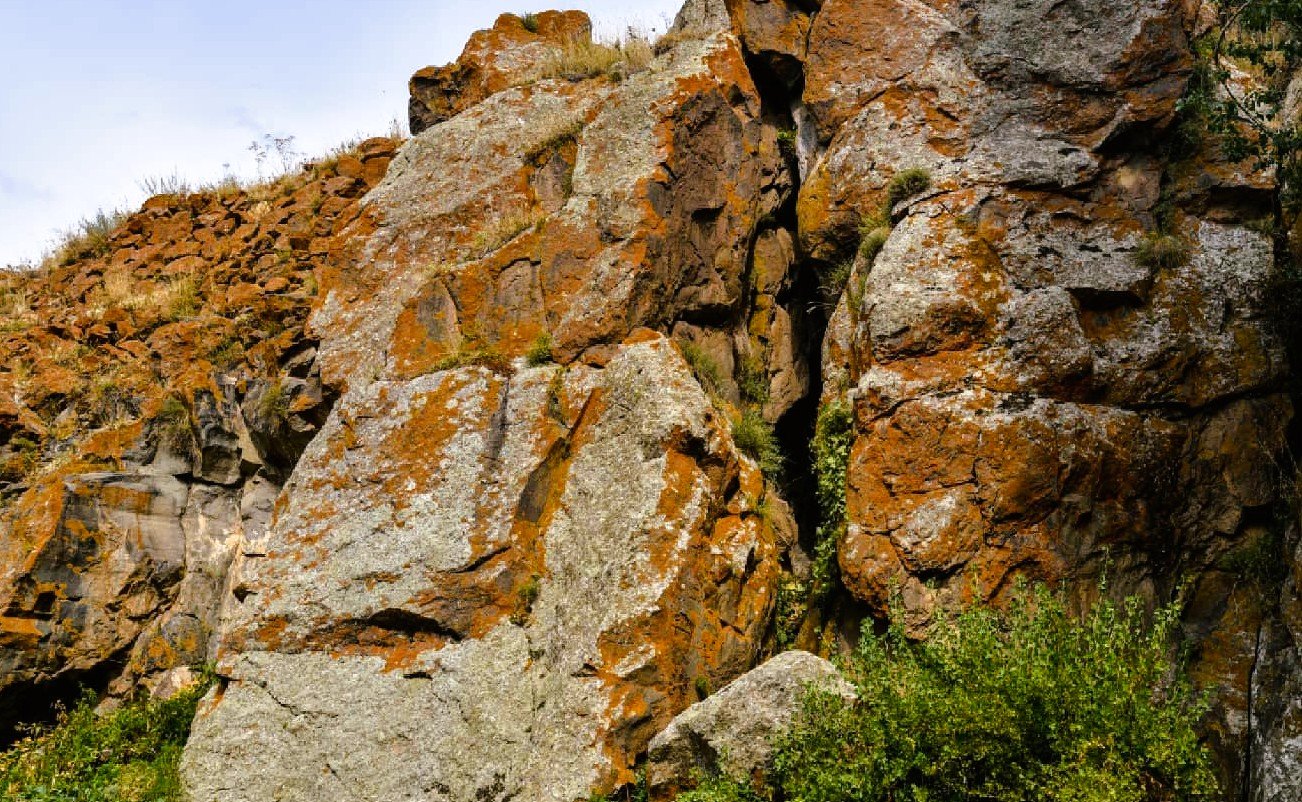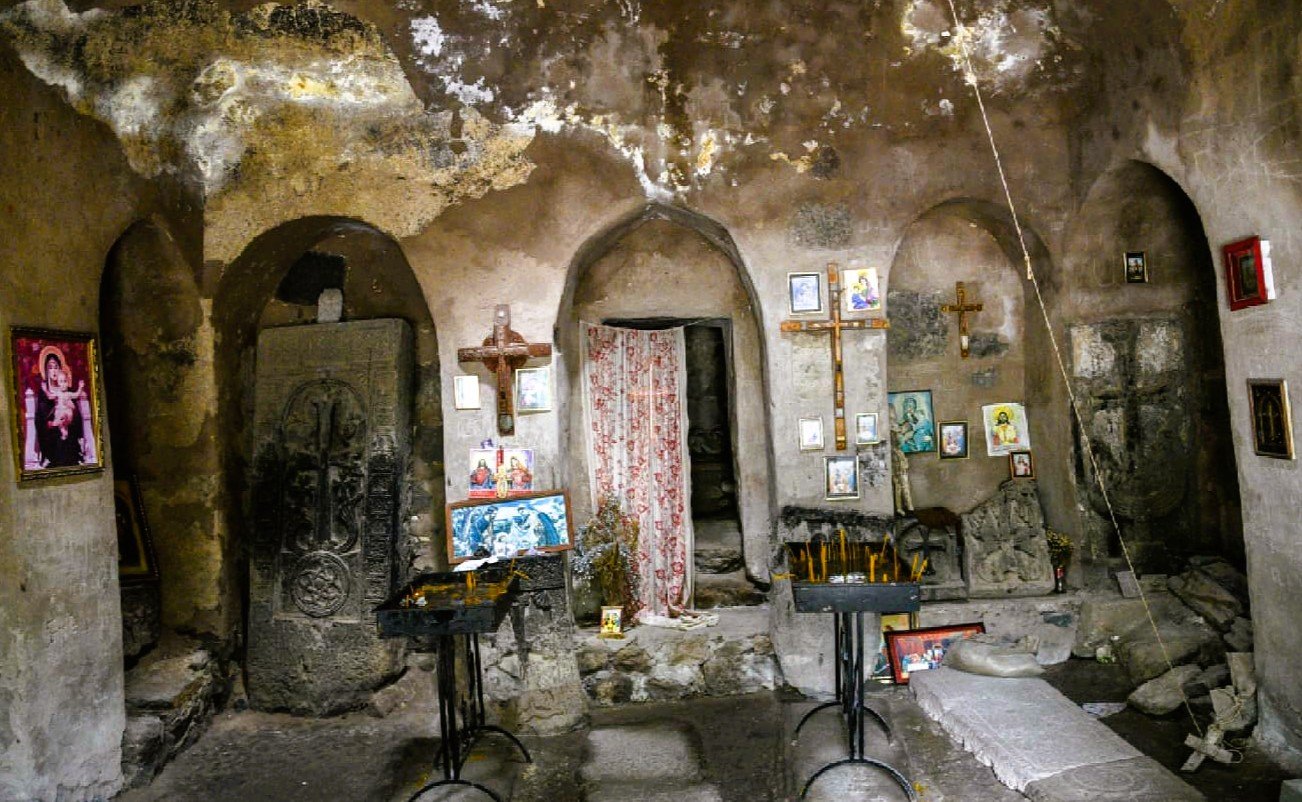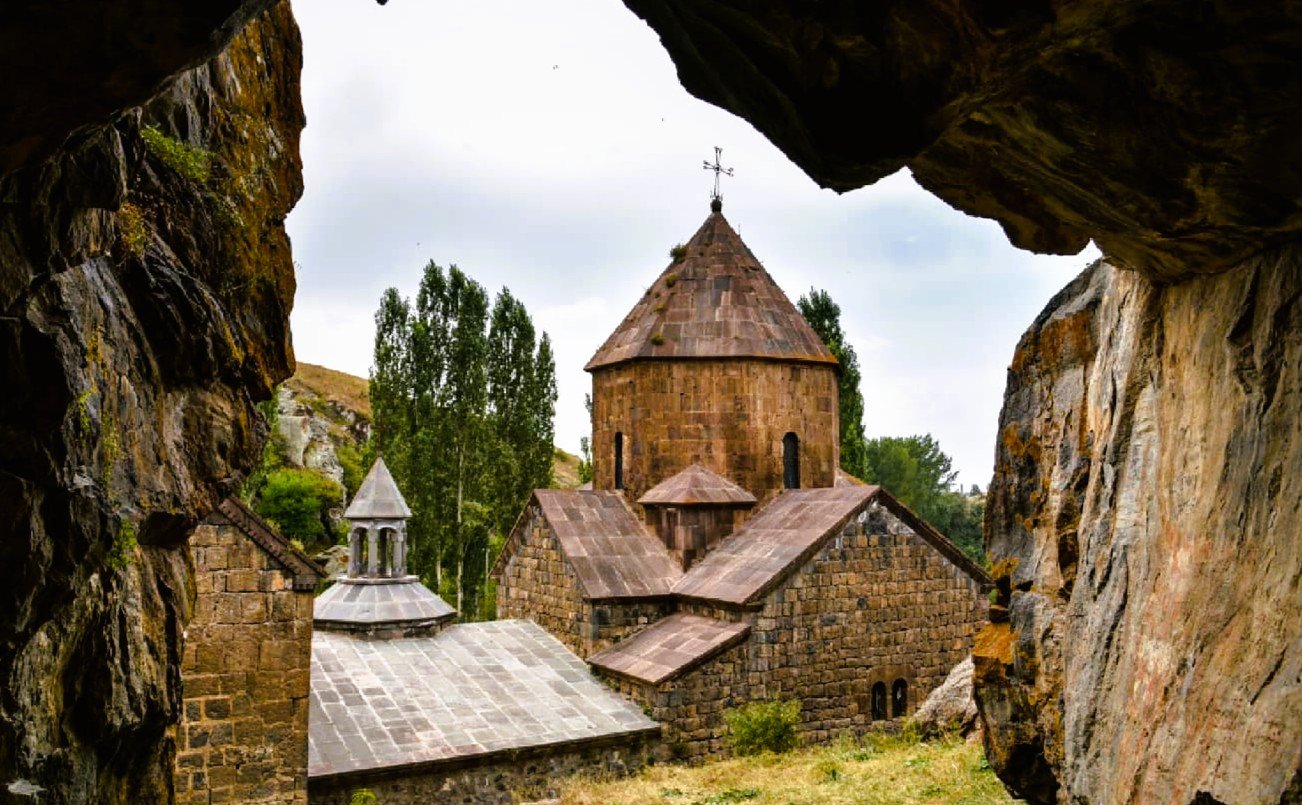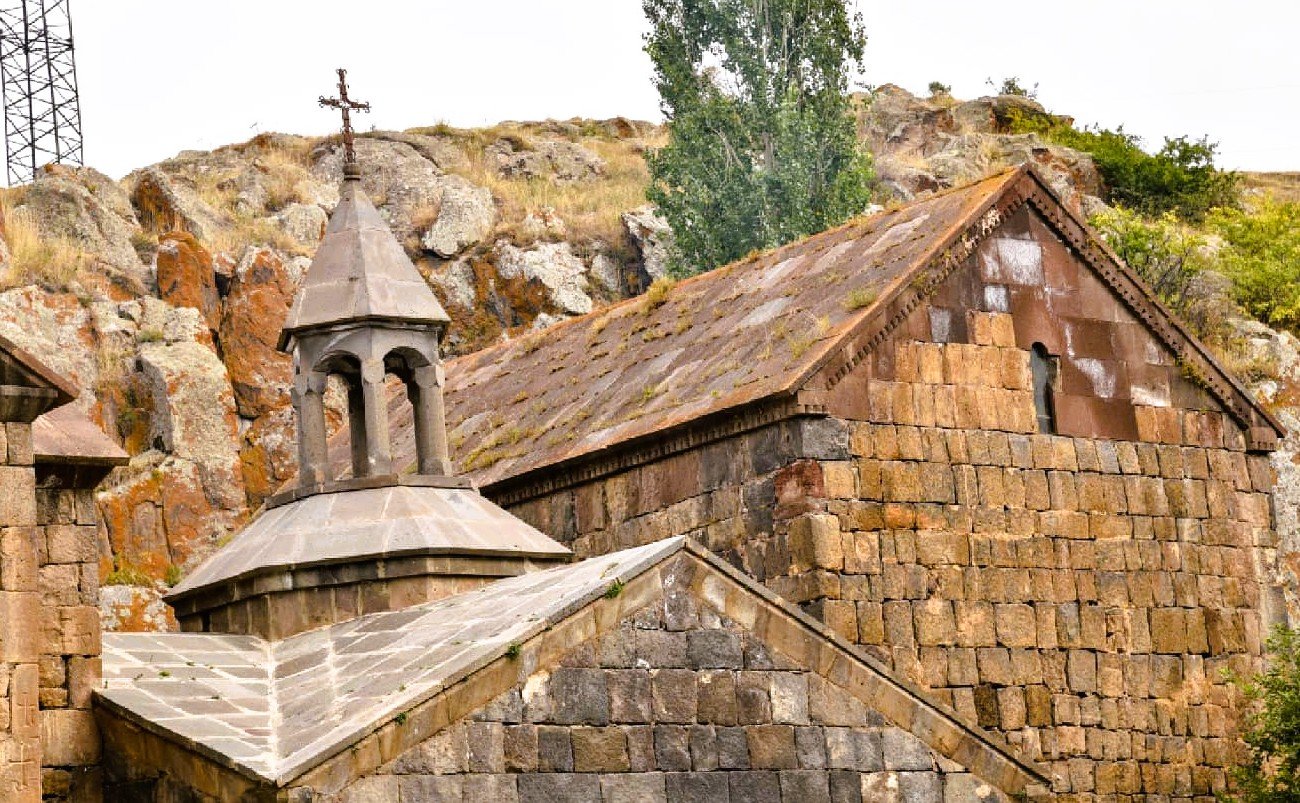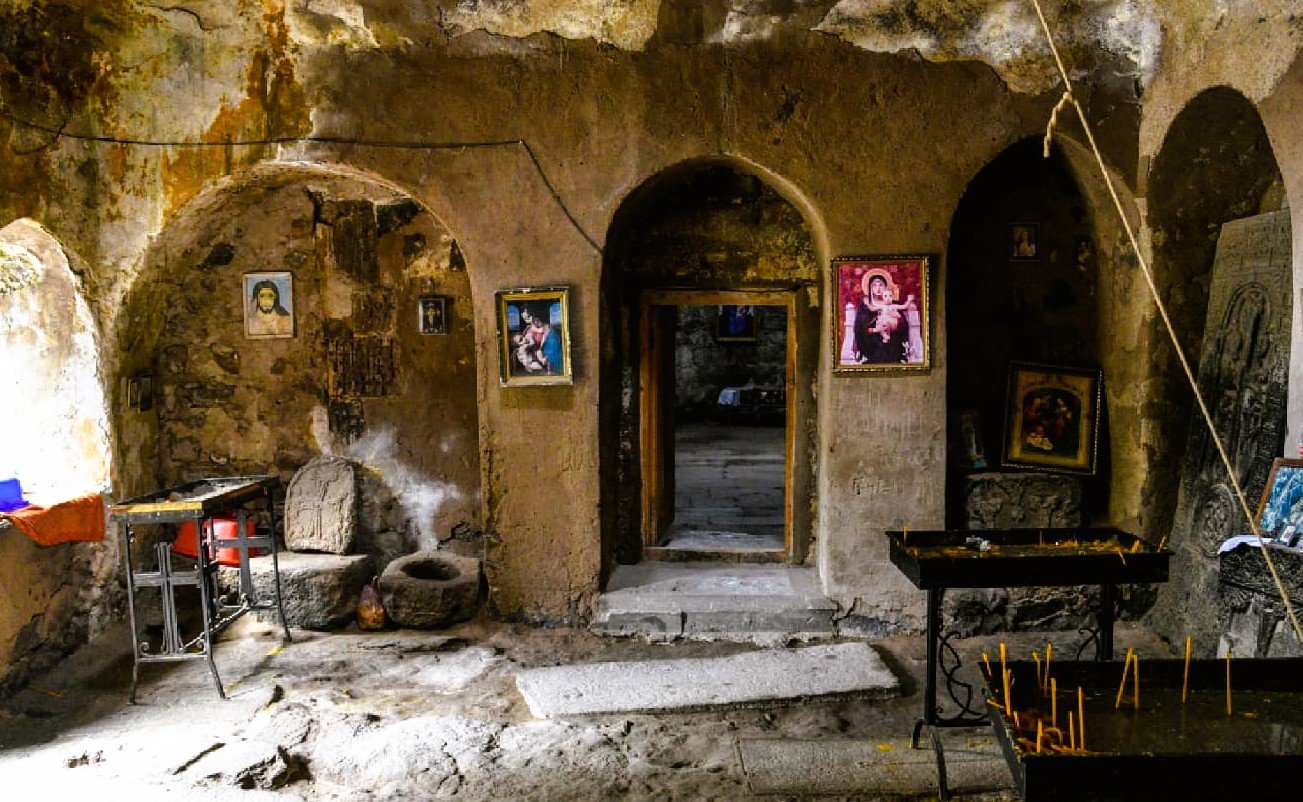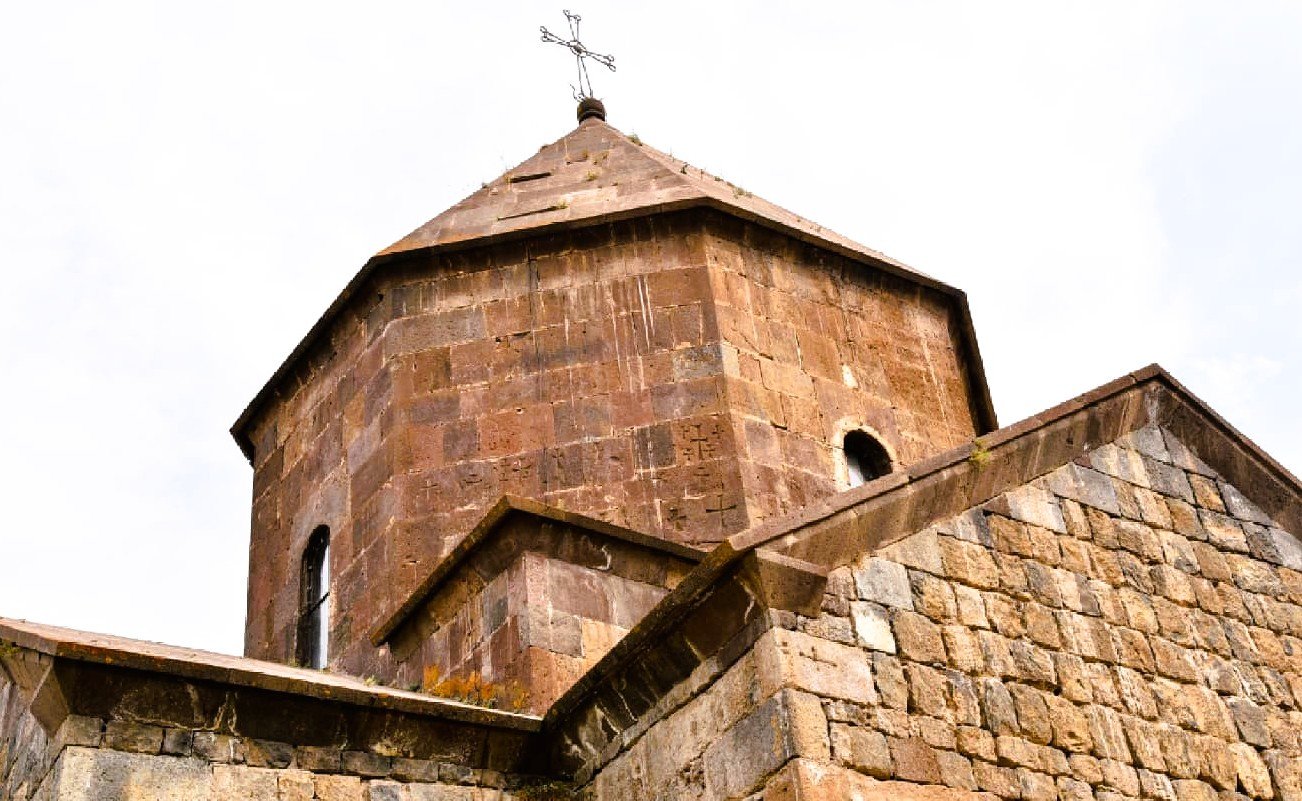Latest Listings
Related Listings
Close To You
Vanevan Monastic Complex
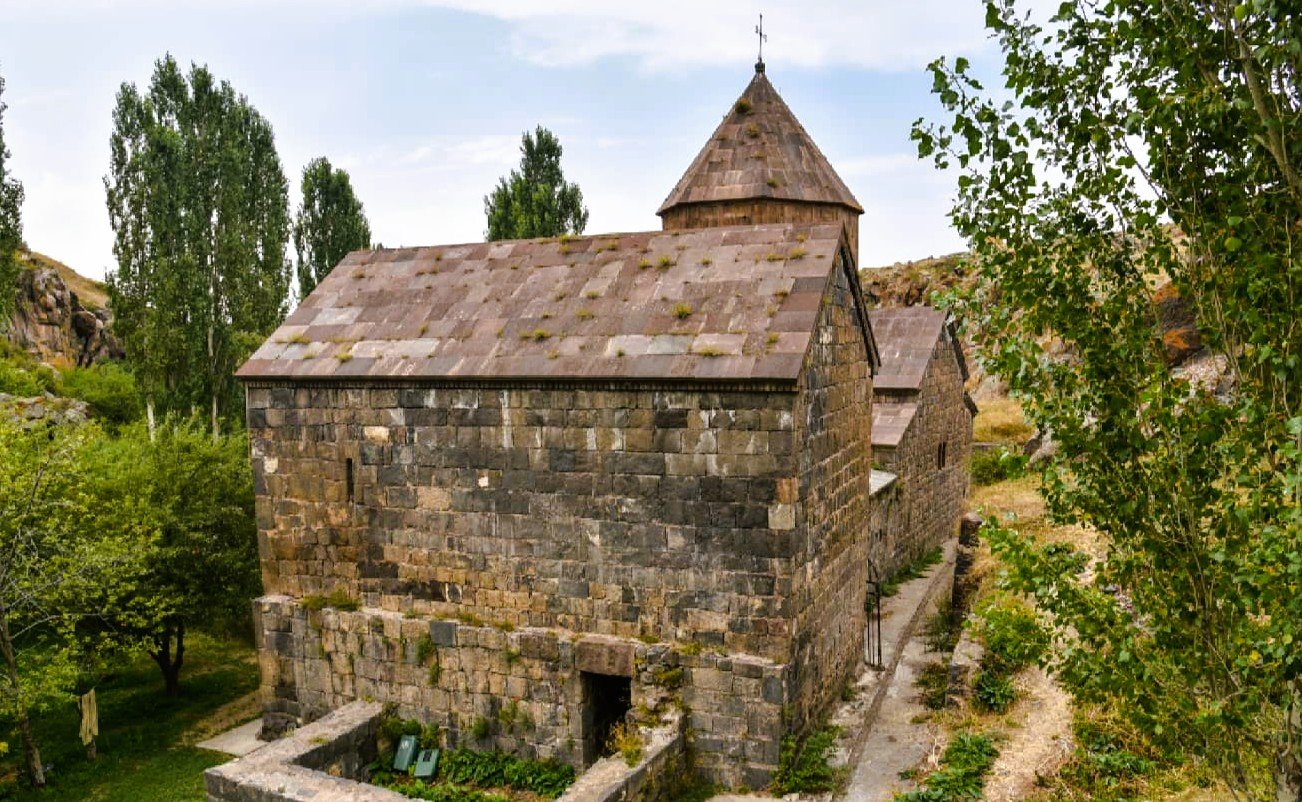
Monastery
1920 m
Natural
Easy
VISITOR INFORMATION
📍 Location - Gegharkunik Province, eastern part of Artsvanist village, deep within the gorge, south of Lake Sevan.
🕰️ Period - Early Middle Ages (9th–10th centuries), main church built in 903 AD.
🌐 Coordinates - 40.146° N, 45.515° E
🌿 Best Time to Visit - From spring to late autumn (May-October), when the gorge trails are safe and the surrounding nature is at its most beauty.
🛤️ How to Get There - From Yerevan, take the Sevan-Gavar-Martuni highway to Artsvanist village, then continue about 1 km along a dirt road and follow a short hiking path descending into the gorge where the monastery is located.
OVERVIEW
Vanevan Monastery is one of the most remarkable monuments of Armenia’s early medieval spiritual and architectural heritage. It lies in the southern gorge of Artsvanist village, Gegharkunik Province, embraced by rugged basalt cliffs and forested slopes. Founded in the early 9th century, the complex includes several churches, a gavit (narthex), khachkars, and an ancient cemetery.
ETYMOLOGY
The name Vanevan derives from the Armenian word “van”, meaning monastery, convent, or spiritual retreat. Literally translating as “the monastery of monasteries” or “great monastery,” the name reflects its once-central role as one of the leading spiritual centers of the region.
HISTORY
Vanevan Monastery was founded in the early 9th century and served as a major spiritual center of the Gegharkunik region. It was commissioned by Sparapet (Commander-in-Chief) Shapuh Bagratuni under the supervision of his sister, Princess Mariam of Syunik. In 914 AD, King Smbat I Bagratuni, who perished during the Arab invasions, was buried here-turning Vanevan into a sacred national memorial. Later, in the late 10th century, Gagik I Bagratuni, the future king, renovated the monastery and added a gavit. During the 13th-14th centuries, the monastery received generous endowments and continued to flourish. However, in the 16th century, it was abandoned following devastating raids by Turkic tribes. Monastic life was restored only in the second half of the 19th century, when Father Theodoros Shirakatsi initiated extensive restoration works between 1871-1880, reinforcing the walls and reviving the complex’s spiritual life.
ARCHITECTURE
Vanevan is a classic example of Armenian medieval church architecture, where simplicity of form meets innovative aesthetics. The main church, St. Gregory the Illuminator, was built in 903 AD from rough-hewn basalt, with arches and dome crafted from tuff stone. The interior follows a four-apse plan with twin sacristies on the eastern side. The system of central arches is especially unique: the arches widen progressively through the introduction of corner courses, an architectural innovation of its time, later seen at Tatev Monastery. The drum of the main dome is octagonal both inside and out, bearing a construction inscription on its outer surface. The main dome remains standing today, though the adjoining church’s dome and drum have collapsed. To the south stands the gavit, which preserves the famous khachkar (cross-stone) of Bishop Melikset, listed among Armenia’s protected cultural monuments. The complex is surrounded by ancient tombstones, khachkars, and fragments of old stone walls. Behind the monastery lies a spring and a cave, which, according to legend, once served as a secret passage during invasions.
PRESERVATION AND RESTORATION
Throughout the centuries, Vanevan Monastery has suffered from both natural and human destruction-landslides, earthquakes, and invasions. In the 16th century, following the depopulation of the village, the monastery was abandoned and partially ruined. Its revival began in the second half of the 19th century, when Father Theodoros Shirakatsi led a major restoration between 1871-1880, reinforcing the walls, rebuilding the roofs, and clearing the grounds. During the Soviet era, the monastery was registered as a state-protected cultural monument, and after Armenia’s independence, it was officially included in the National List of Immovable Historical and Cultural Monuments. Today, Vanevan is maintained under the supervision of the RA Ministry of Education, Science, Culture and Sports - “Protection Service” SNCO. Periodic studies and partial stabilization works are carried out to safeguard the complex’s structural integrity and preserve its natural harmony.
LOCAL LEGENDS
According to local lore, the cave and spring behind the monastery once served as a secret passage through which monks and villagers escaped during Turkic invasions. It is said that the tunnel leads out to the upper part of the gorge, offering a hidden route toward the mountains. The spring’s water is believed to be blessed and healing-pilgrims come to wash their hands or drink, asking silently for recovery and good fortune. Tradition holds that wishes made in quiet prayer beside the spring are destined to come true. Another legend tells that when enemies approached the monastery, the monks prayed fervently to St. Gregory the Illuminator, and a heavenly light descended from the dome, blinding the attackers and saving the sanctuary from destruction. To this day, residents of Artsvanist visit Vanevan to light candles and collect spring water as a symbol of peace, protection, and divine grace.
Facilities
Nearby
A Cyclopean fortress dating back to the 2nd millennium BC, built from massive basalt blocks. This archaeological site reveals traces of early settlement and the strategic importance of the area.
A 9th-century monastery located in the village of Kot. Known for its domed cruciform church surrounded by medieval tombstones.
A 9th-10th-century spiritual and educational center, once a major medieval school and scriptorium. Surrounded by numerous khachkars and stone structures.
Built in 874 AD under Queen Mariam’s patronage, Sevanavank stands on the Sevan Peninsula, offering breathtaking views of Lake Sevan. It is one of Armenia’s most iconic landmarks.
A 9th-12th-century basilica church located on the shores of Lake Sevan. The site is surrounded by ancient khachkars and an old cemetery, creating a serene spiritual landscape.

